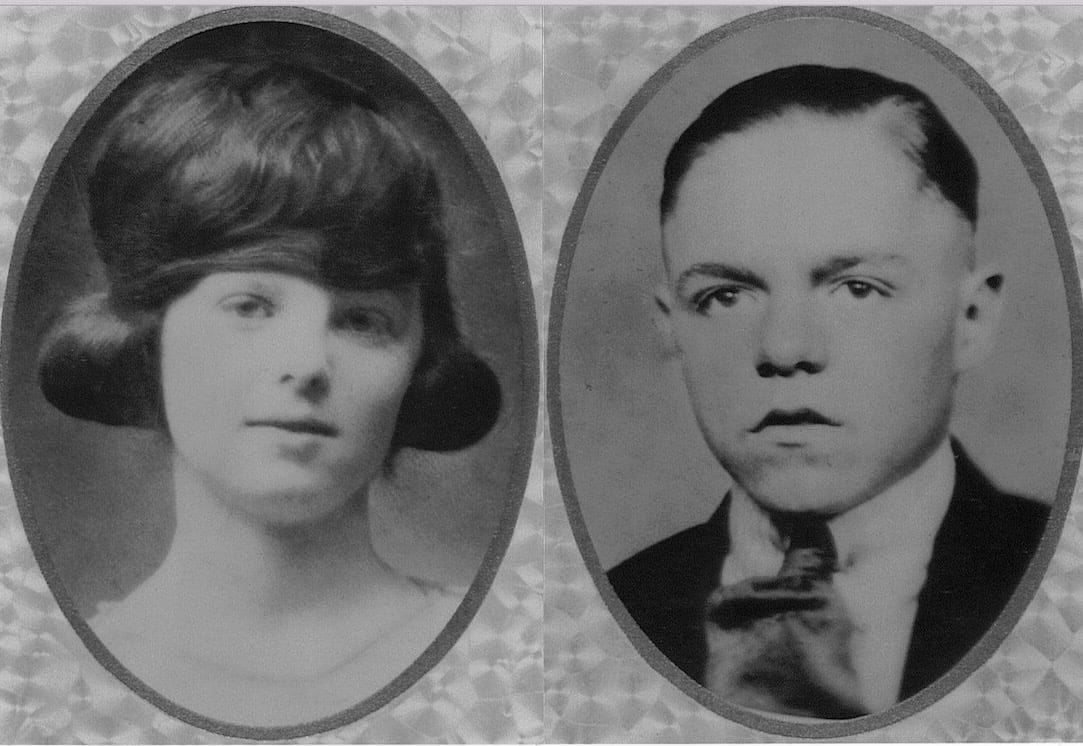PART II – THE DEATH OF BABY FLORENCE
Intro:
The heartbreak deepens — a life lost, a funeral denied, and the weight of faith’s harshest judgment. How did my family bear it?
My maternal grandmother, Florence Gorman, gave birth to five daughters — but only four survived. Within hours of her birth, the third, Florence, lay lifeless in her crib. My grandfather, Allie, panicked and ran for the doctor who had delivered her. But it was too late. The doctor offered no clear explanation.
The undertaker did. Quietly, he told my grandfather, “Don’t tell anyone I said this, but her cord was cut too short. She bled to death.”
After his baby’s death, Allie walked to Blessed Sacrament Church on Euclid Avenue in Brooklyn to arrange her funeral. He told the priest he had baptized the baby himself — knowing that, in emergency, a layperson could perform the sacrament. But when the priest asked if the child had been alive at that moment, Allie wasn’t sure. The priest told him that without certainty, the sacrament could not stand. Florence would remain marked by Original Sin — unbaptized, unsaved — and so could not be buried in consecrated ground.
I’d heard pieces of this story as a boy, but I never thought to ask the simplest questions: Did she have a name? Where was she buried? Decades later, I asked my mother.
“Where is your baby sister buried?” I asked.
She didn’t know.
“Did she have a name?”
“I’m certain she must have,” my mother said. But she didn’t know it either.
No one did. For nearly one-hundred years, Florence was nothing more than a whisper in our family’s past — a fragile story wrapped in shame and silence.
Why did my grandfather, a proud man who never tolerated disrespect, accept this final cruelty for his own child? How could my grandparents keep returning to the Church that turned its back on them? Why did this lost baby matter so much to me — a man who never knew her?
I needed answers. So I went to the New York Municipal Archives. In the hushed rooms, I combed through boxes of birth and death records from the 1920s. I knew her last name. I knew the year — maybe 1924, maybe 1925. Finally, I found her: Florence Gorman, named for my grandmother. Born and died on October 1, 1924. Seven hours old. Cause of death: hemorrhagic disease of the newly born.
The certificate included her burial site: Mount Olivet Cemetery in Maspeth, Queens — not Calvary Cemetery, where many of her family rested, but a nonsectarian plot. I called the cemetery that day and learned she was buried in section Hillside 4G. A few days later, I went to find her.
A maintenance worker told me he’d worked there twenty years but never heard of Hillside 4G. We went to the office, where the superintendent paged through a worn black ledger.
“The baby was buried along with six other infants — stillborn or gone soon after birth,” he said. “I’ll take you there.”
Mount Olivet is an oasis, with rolling hills and old maples lining its narrow lanes — a soft refuge amid Queens’ warehouses and factories. But when we reached Hillside 4G, the terrain changed. Weeds and tall grass covered the plot. A chain-link fence ran along the far edge by a service road. There was no marker. No stone. Just an unmarked patch of earth where Florence and the others lay.
“She’s somewhere out there,” the clerk said.
I stood in the field, staring. A tiny life denied a name, a service, a place beside her family — abandoned to an overgrown corner, forever kept apart by a doctrine she could never choose or refuse.
I wondered what it meant — that a child so briefly here could impact me so profoundly. But what I learned next was not just a story of my lost aunt. It was a story of my mother, of faith shaken but never fully surrendered, of questions that echo down through generations.
Next, I speak with my mother — and begin to unravel what the Church’s silence truly cost my family.





